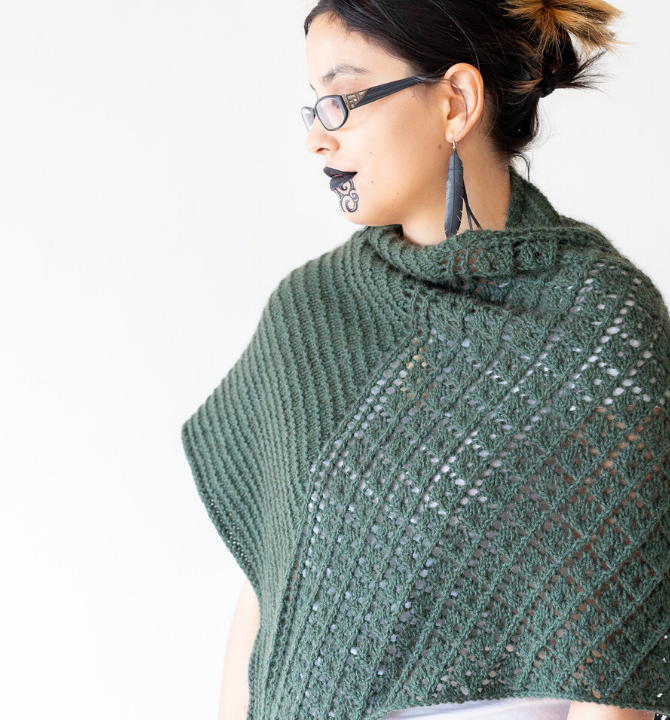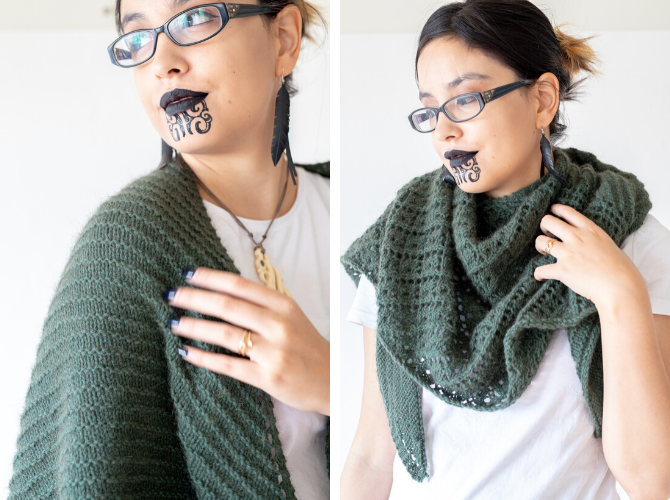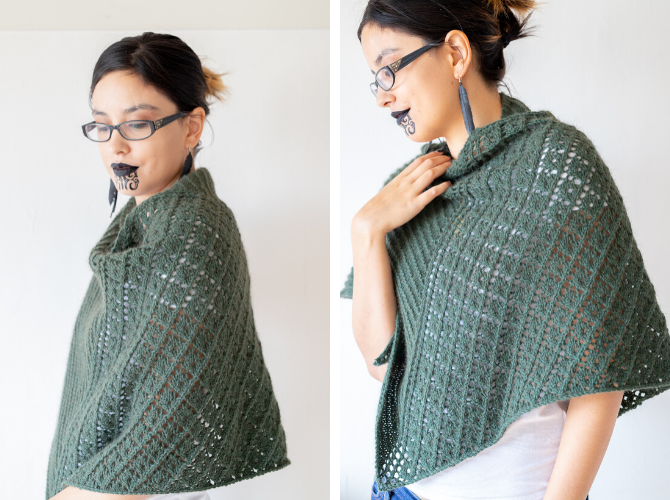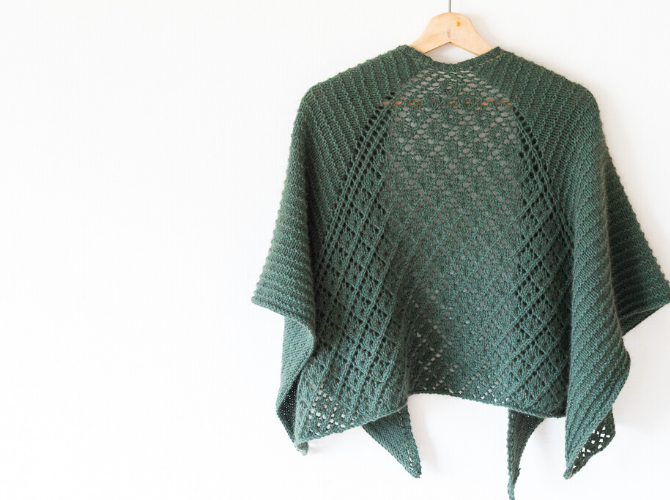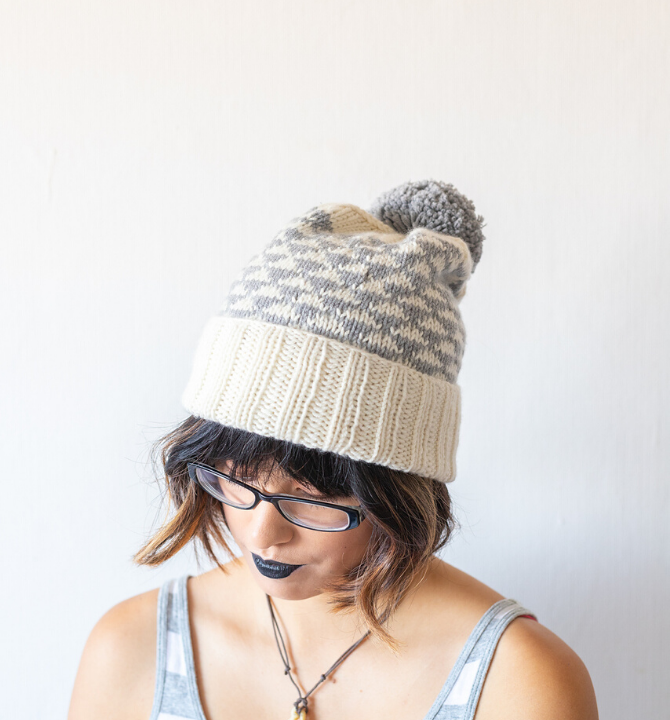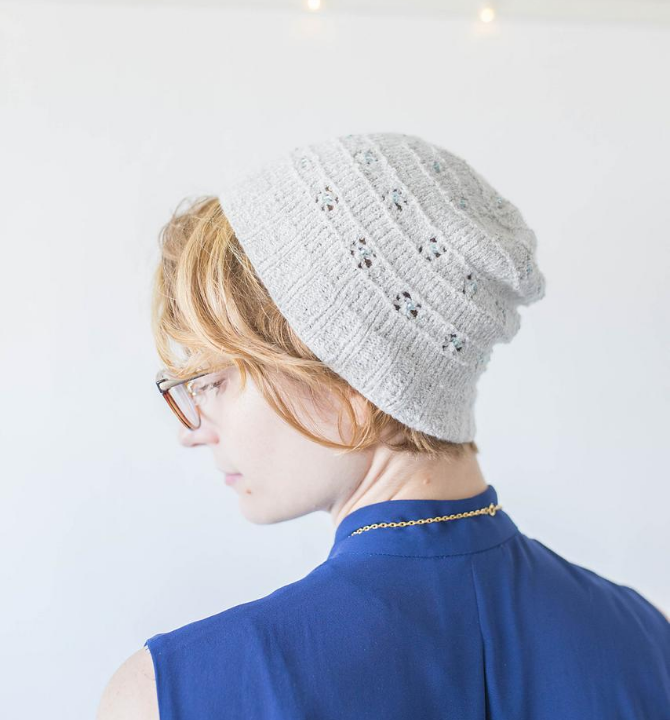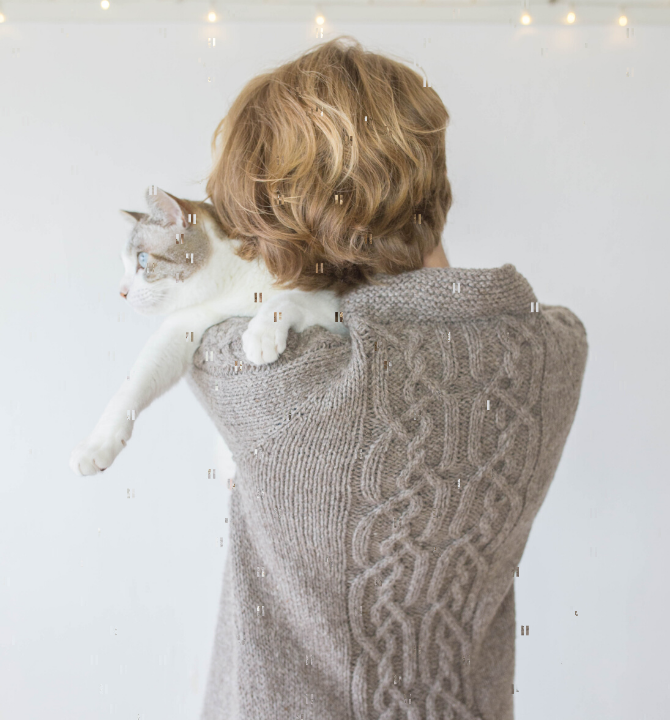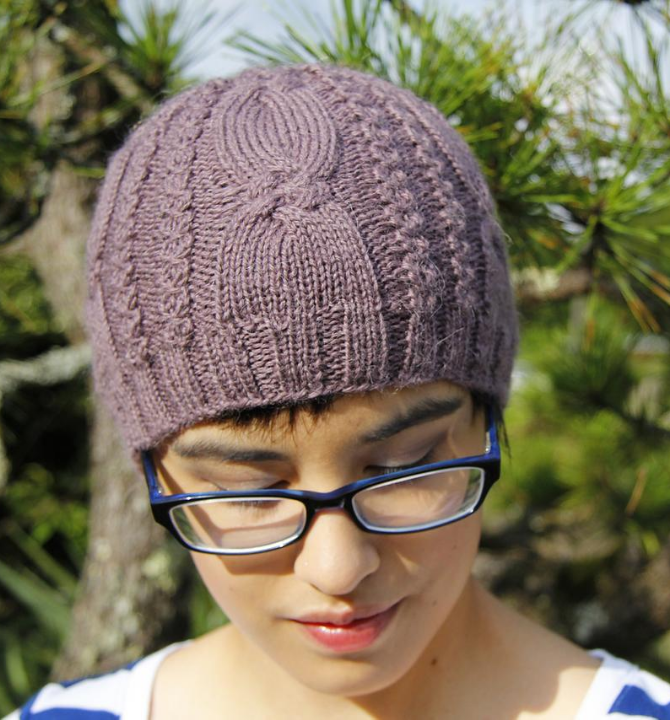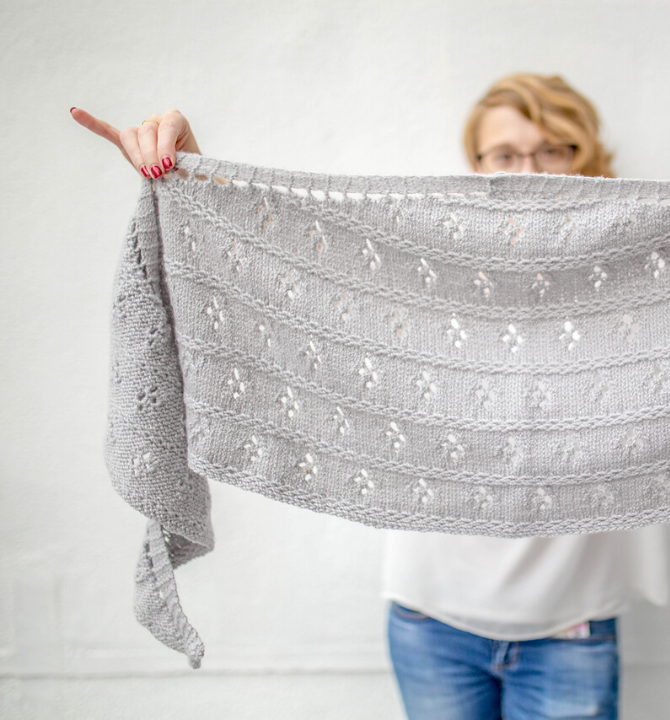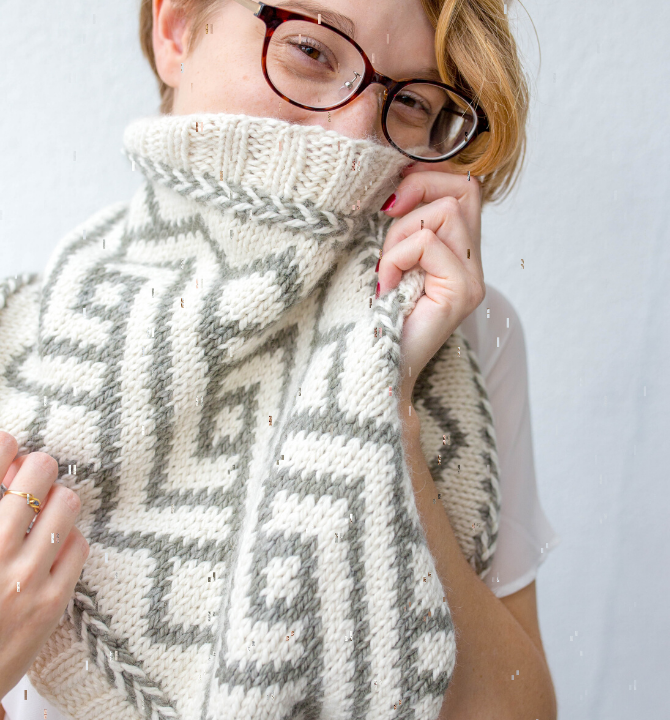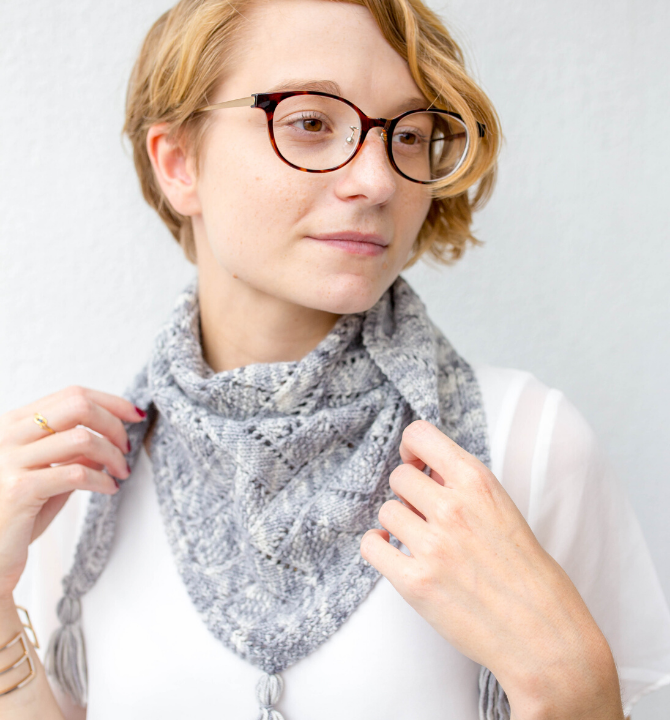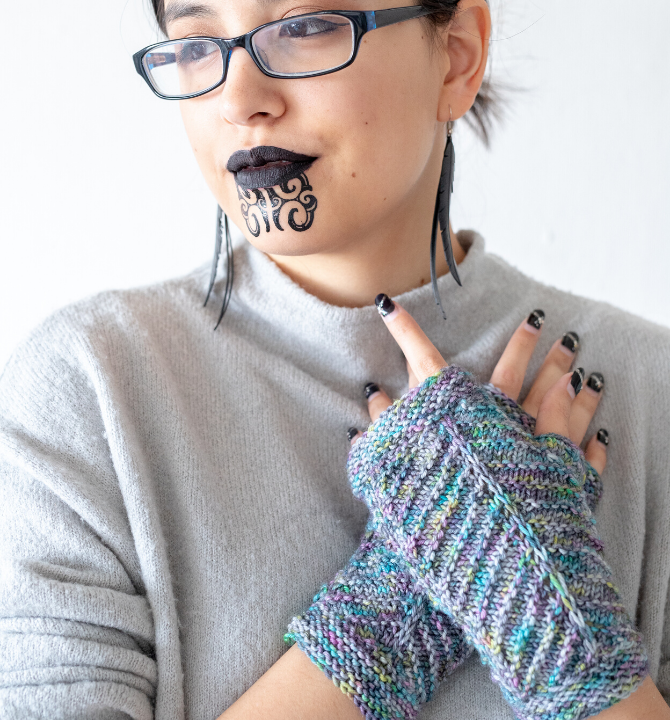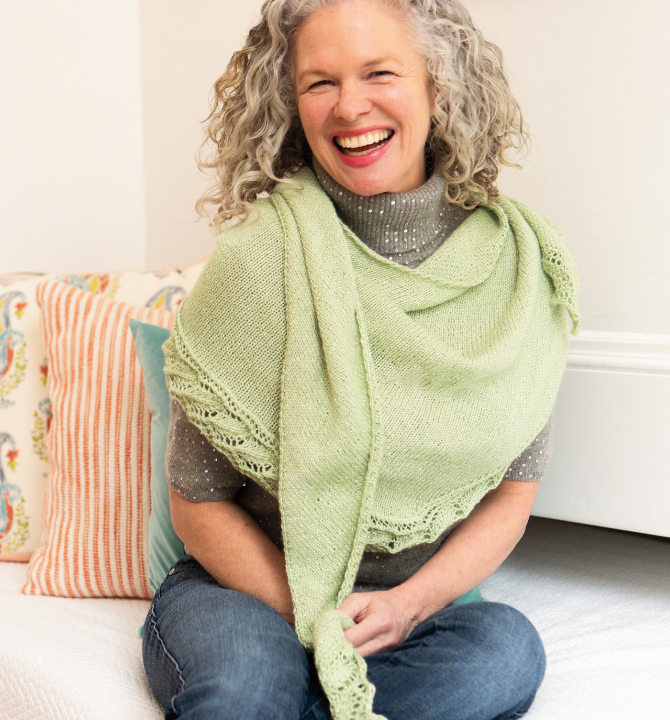Kawakawa Shawl
On Sale
$12.00
$12.00
Pay What Works: In an effort to find a balance between more financial accessibility and sustainable pricing, I now offer a “Pay What Works” model. This allows for financial flexibility while still valuing and respecting the work and energy I and others provide in the making of this pattern. The price shown on Ravelry is the “true” value of the pattern that best reflects the work put into creating this design.
To purchase the pattern at a price point that is more accessible to you, use the coupon code at checkout listed next to the price point. The prices indicate the price you will pay, not the discount amount. No coupon code is needed for the highest price point.
AROHA1 - $6.00
AROHA2 - $7.20
AROHA3 - $9.60
NO CODE - $12.00
Please note for those located in Europe that VAT is applied at checkout.
Kawakawa (Piper excelsum) is a tree native to New Zealand.All parts of the plant from the bark to the berries are used, making it an important medicinal plant in rongoā (natural medicine).
The inspiration for the design are the iconic heart-shaped leaves.The leaves are chewed to treat toothaches, infused as a tea to treat stomach ailments, used externally for skin disorders; dried and grounded for seasoning, and burned to repel insects.The leaves are also used in powhiri (ceremonies) to welcome guests onto the marae, and worn as a wreath on the head as a sign of mourning during funerals.
I am drawn to the leaves because the shape is similar to the leaves of the Mexican Redbud, a tree we grew when we lived in Texas.The leaves of both
fdanoy@arohaknits.com 4
trees have a heart shape. Similarly, as with all leaves, when you hold them to the light, you can see the veins. Both trees are also hosts to a moth or butterfly that feeds on the leaves and as a result leave openings.
The Kawakawa Shawl pattern draws inspiration from the diverse uses of the Kawakawa leaf to heal; and its construction: the heart shape, veins and openings.
I hope your knitting experiences are healing, and that each piece you construct helps you visualize the creation of something beautiful the way nature does. Sometimes the network of each thread can only be fully appreciated when you hold it to the light, and when it passes from your hands to another.
YARN
- 640 - 700 yds./580 - 640 m.
- DK/6 - ply
- Zealana Yarns Rimu (60% Fine NZ Merino, 40% Brushtail Possum; 50 g; 140 yds./128 m). 5 balls in color way Greenstone.
NEEDLES
- US 8 (5 mm) size or size needed to obtain gauge, 60 in./150 cm circular needle.
- A long circular needle is recommended in order to accommodate the large number of stitches as the shawl grows.
- 18 sts and 24 rows over 4 in./10 cm in GARTER RIDGE STITCH with US 8 (5 mm) and after blocking.
- Gauge is not crucial to this project, but varying gauges will affect yardage and final measurements.
NOTIONS
- Stitch markers
- Darning/tapestry needle
Yes!
- This pattern includes both written and charted instructions.
- This pattern has been tech edited for clarity and corrections. If you require pattern support, email us at fdanoy@arohaknits.com and we will respond to your request within 24-48 hours. We respond to pattern support questions by email ONLY.
- You can sell FOs made from this design to friends and family, as well as in your online or offline shop.

